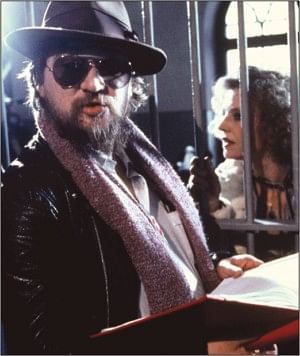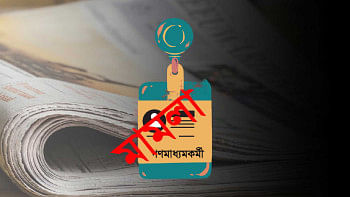Rainer Warner Fassbinder: A truly (and repeatedly) dangerous filmmaker

Rainer Werner Fassbinder, one of the most important representatives of the New German Cinema, was a filmmaker prolific to the point of being a workaholic. From 1969 to 1982 he directed over 40 productions, most of them feature films, a few TV specials and one huge 931-minute TV mini-series Berlin Alexanderplatz. These films were nearly all written or adapted for the screen by Fassbinder himself. He was also the art director of most of his early films, editor or co-editor of a lot of them, and acted in nine of his films as well as for other directors.
His films give an incisive picture of the post-war Germany, at first through ironic and nearly plot-less deconstructions of Hollywood genre cinema with a formally experimental and astute provocative political edge, remaining relevant to urban life in contemporary times and human relationships. Some of the films are also endowed with a decidedly dark and sardonic sense of humour.
There are three distinct phases to his career. The first ten or so movies (1969 -1971) were an extension of his work in the theatre, shot with an almost always-static camera and with deliberately unnaturalistic dialogue. The second phase is the one that brought him international attention, with films that use victims to explore how deep-rooted prejudices about race, sex, sexual orientation, politics and class are inherent in society, while also tackling his trademark subject of the everyday fascism of family life and friendship. The final batch of films, from around 1977 until his death, were more varied.
Two of the best works of earlier period are Beware of a Holy Whore and The American Soldier, the former a dark comedy, the latter quite possibly the best of his gangster films.
In 1971 Fassbinder met Douglas Sirk, and the second cycle of his work was initiated. After The Merchant of Four Seasons came The Bitter Tears of Petra Von Kant. The latter works remarkably well as an exposé of the lies that relationships can be founded on, especially the lies in those idealised cinematic representations of relationships people often take for truth. It also says a lot about the way individuals let themselves be abused by others in the hope of gaining their love, or out of fear of being alone.
Following Martha, his Sirkian abstraction on the cruelty of a bourgeois marriage, and the famous immigrant drama Fear Eats the Soul, came Fox and his Friends. The film is notable for its then controversial but now revelatory presentation of gay relationships to be not that different from straight ones.
In a Year with 13 Moons tells the story of a transsexual, Elvira / Erwin, and uses strange lighting effects and often fragmented and dark compositions. The film is considered to be one of Fassbinder's most experimental films, and is a harsh and sincere investigation of minority urban life.
His biggest international success, The Marriage of Maria Braun, came in 1978 centring on women in World War II and its aftermath. The film offers careful analysis of the social make-up of those years in terms of dissidence and the changing and unchanging nature of Germany through that period.
Fassbinder's seething politics was never far from view in all his films; he hated liberal compromises.
His masterpiece Berlin Alexanderplatz shows, through great performances, cinematography and direction, how a man through his personal faults and an unmerciful society is unable to fulfil himself.
Shortly after finishing Querelle, Fassbinder was found dead in his Munich apartment. It was not, as had been reported, suicide, but his suicidal lifestyle had finally caught up with him -- cocaine and alcohol abuse in particular had caused his heart to fail at the age of 37.
Fassbinder remains a remarkable figure for both his unwavering commitment to a socially aware cinema and his rare capacity to use the packaging, the form and, to some degree, the content of Hollywood cinema to produce passionate artistic and political statements. Fassbinder was that rarity -- a truly (and repeatedly) dangerous filmmaker.
Compiled by Cultural Correspondent

 For all latest news, follow The Daily Star's Google News channel.
For all latest news, follow The Daily Star's Google News channel. 



Comments